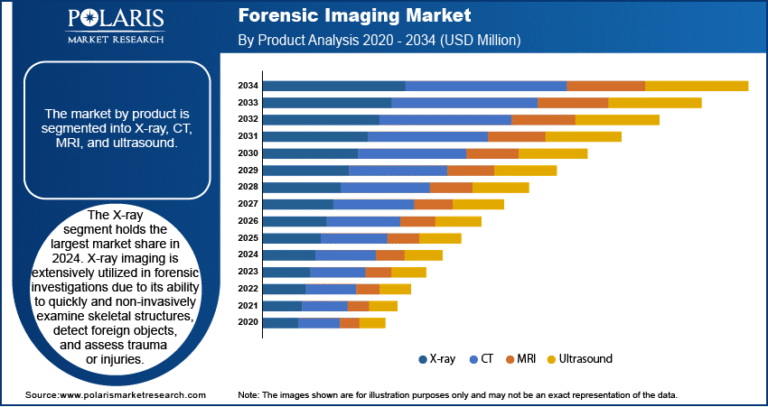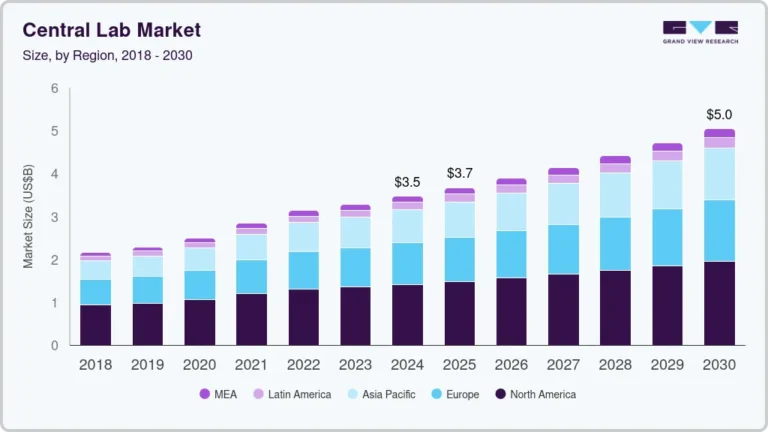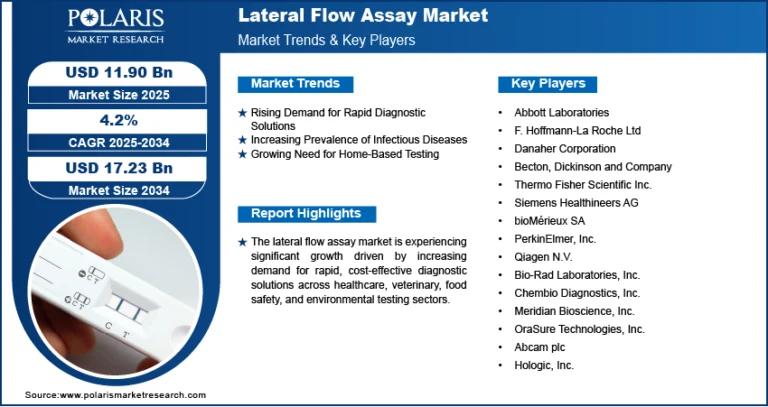Vaccine Storage and Packaging Market to Hit $9.8 Billion by 2034, Expanding at a CAGR of 10.50%

The global vaccine storage and packaging market reached a valuation of USD 3.6 billion in 2024 and is expected to expand at a CAGR of 10.50% from 2025 to 2034, driven by intensified global immunization initiatives and stricter standards for vaccine preservation and handling.
Key Market Trends & Insights:
- Rising Demand for Smart Cold Chain Solutions: Growing need for real-time temperature and logistics data to ensure vaccine efficacy across the supply chain.
- Growth in Intelligent Storage Infrastructure: Deployment of connected refrigeration units, temperature sensors, and automated storage systems.
- Adoption of Predictive Maintenance: Leveraging analytics to detect storage equipment failures before they compromise vaccine integrity.
- AI & IoT Integration: Enhancing cold chain visibility and control through real-time data from smart packaging and IoT-enabled monitoring devices.
- Expansion of Cloud-Based Cold Chain Management: Cloud platforms enabling scalable, secure, and remote management of vaccine storage and distribution.
- Focus on Sustainability Goals: Rising use of recyclable packaging and energy-efficient refrigeration to meet environmental targets.
- Emerging Market Penetration in Asia-Pacific: Increased immunization initiatives and healthcare investments driving adoption of modern storage solutions.
Market Size & Forecast
- Market size value in 2025 – USD 3.98 billion
- Revenue forecast in 2034 – USD 9.8 billion
- CAGR – 10.50% from 2025 – 2034
Request for Free Sample: https://www.polarismarketresearch.com/industry-analysis/vaccine-storage-packaging-market/request-for-sample
Key Market Drivers – Vaccine Storage & Packaging Market
- Rising Global Immunization Programs: Expanding vaccination campaigns by governments and health organizations are increasing the demand for reliable storage and packaging solutions to ensure vaccine efficacy.
- Stringent Regulatory Requirements: Regulations from WHO, FDA, and other authorities mandate strict cold chain and packaging standards, boosting the need for advanced storage equipment and high-quality packaging materials.
- Growth of Temperature-Sensitive Vaccines: The increasing development and distribution of temperature-sensitive vaccines, including mRNA-based vaccines, are driving investment in ultra-low temperature freezers and insulated packaging.
- Expansion of Global Vaccine Distribution: As vaccines are being distributed to remote and underserved regions, the demand for durable, portable, and efficient vaccine storage solutions is rising.
- Technological Advancements in Cold Chain Logistics: Innovations in IoT-enabled temperature monitoring, smart packaging, and automation are improving the safety and traceability of vaccine supply chains.
Market Challenges – Vaccine Storage & Packaging Market
- Cold Chain Infrastructure Gaps – Many low- and middle-income countries lack reliable cold chain infrastructure, making it difficult to maintain the required temperature ranges for vaccine storage and transportation, especially in rural or remote areas.
- High Costs of Advanced Equipment – The adoption of ultra-low temperature freezers, smart packaging, and real-time monitoring systems involves significant capital investment, limiting accessibility for smaller healthcare providers and governments.
- Stringent Regulatory Compliance – Adhering to global standards for vaccine storage and packaging—such as those set by the WHO, FDA, and EMA—requires continuous upgrades and certifications, which can be resource-intensive for manufacturers and distributors.
- Logistical Complexities – Coordinating timely delivery, maintaining temperature control during transit, and minimizing product spoilage pose logistical challenges, especially during global immunization drives or pandemics.
- Environmental Concerns – The increasing use of single-use plastics, dry ice, and other non-sustainable materials in vaccine packaging raises environmental concerns, driving demand for more eco-friendly solutions that are not yet widely available.






